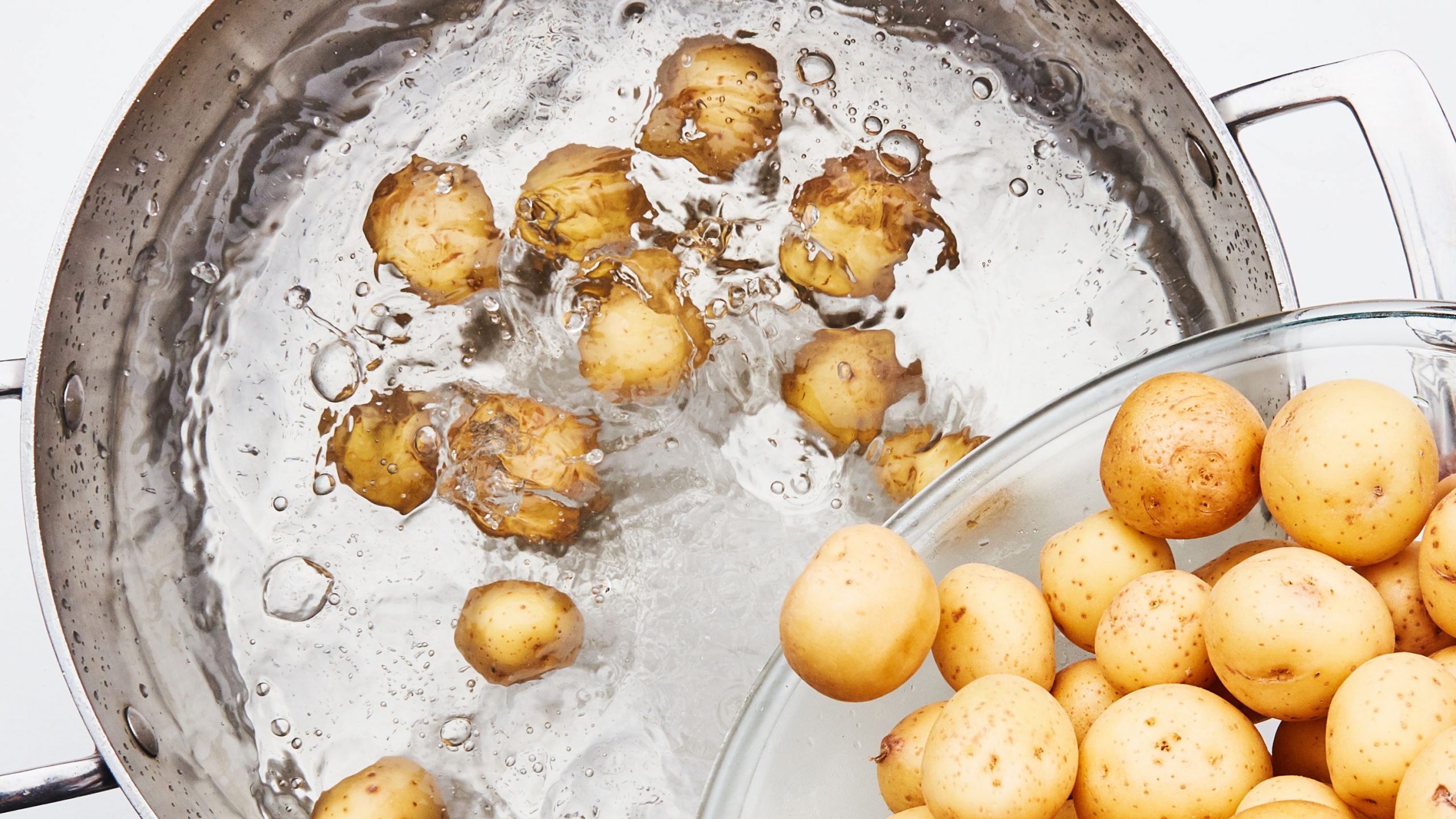Why Water Is the Most Important Ingredient in Your Kitchen
The way a vegetable behaves—will it brown or weep when roasted? How long will it take to become tender on the stove? Do you need to add water to speed up the cooking process, or will it release enough to cook itself?—depends, in part, on the amount of water it contains naturally.
In general, the more water a vegetable has, the quicker it will cook but the harder it will be to get brown or crispy. (Think lettuce and zucchini.) The lower its water content, the longer it will take to become tender, but the more prone it is to browning (and, on the downside, drying out).
Take spinach versus kale: Spinach, which is up to 91% water, wilts and sogs in the oven; kale, coming in at 84% (parched, in comparison), holds its structure and gains burnished edges. Add spinach to a soup and it will slink to tenderness in a matter of minutes; with kale, you could add it to the pot, watch a television show, and it still might need a couple more minutes.
Use this handy graphic to figure out what you’re working with.
—S.J.

